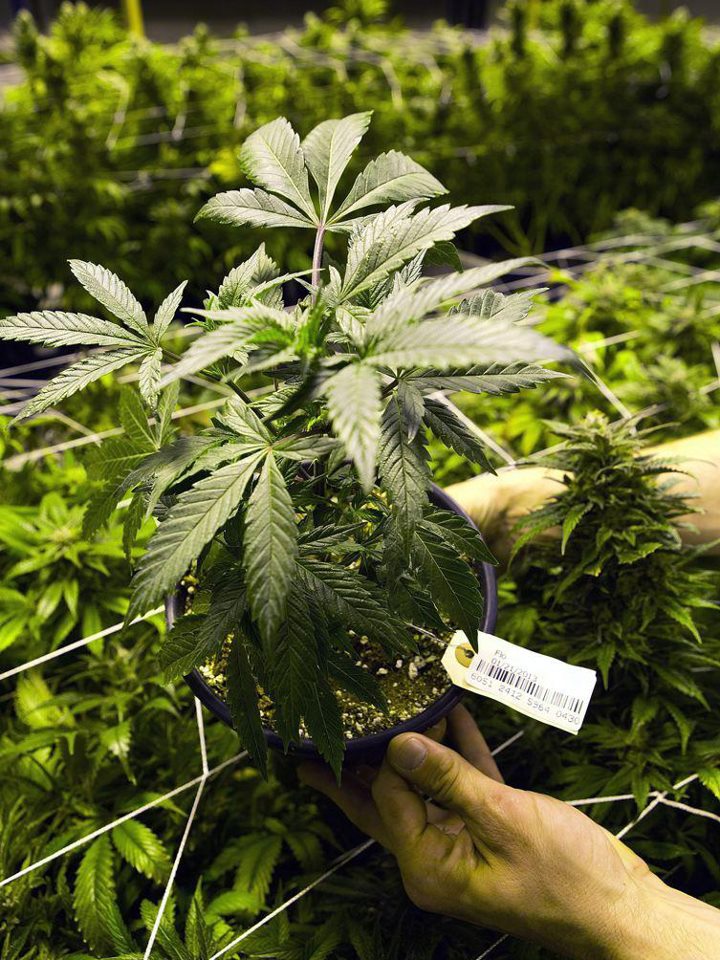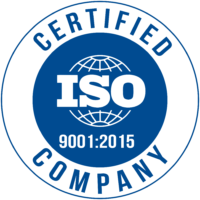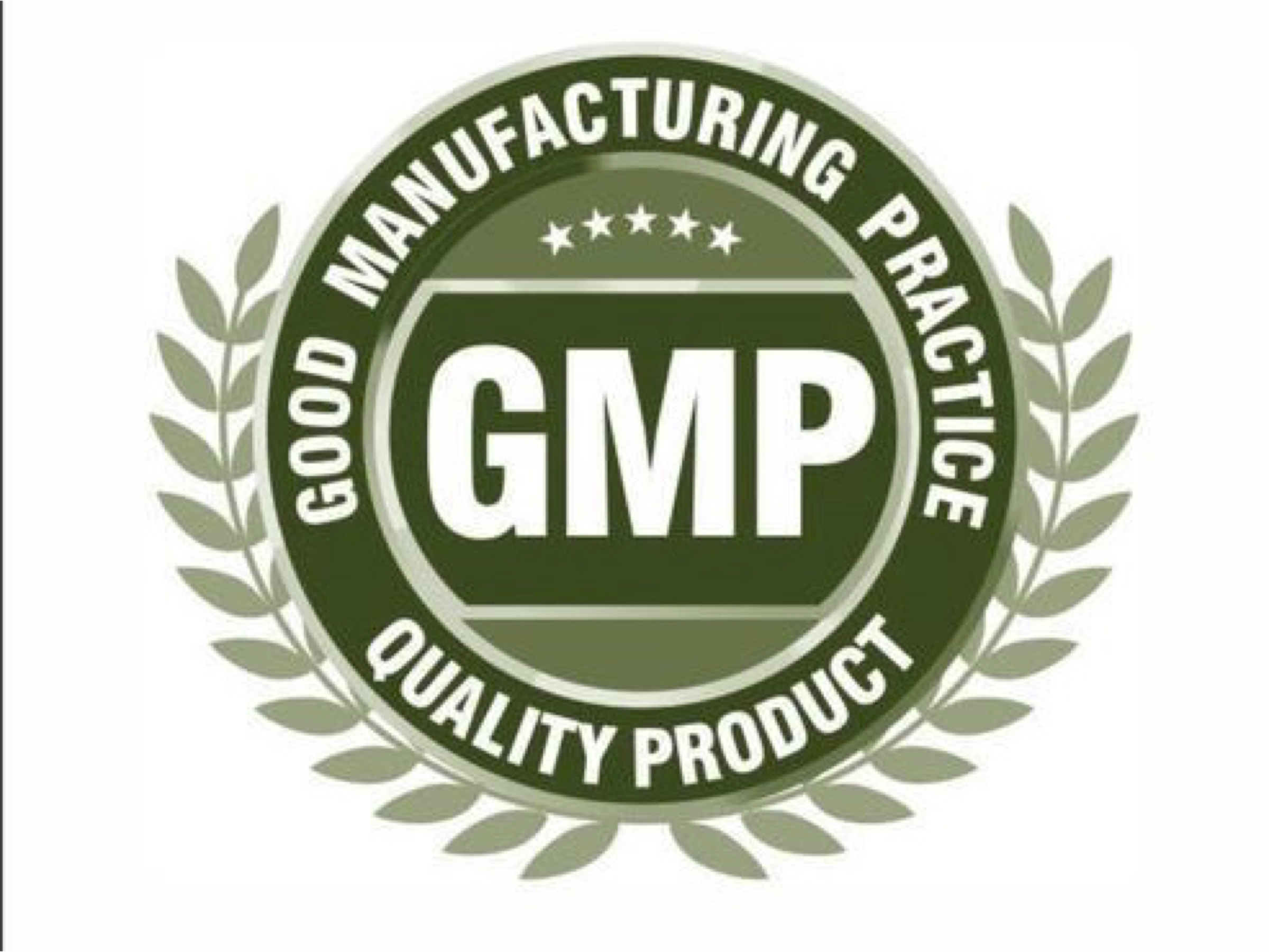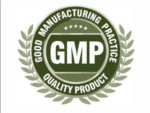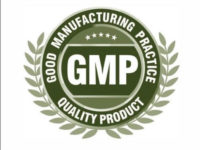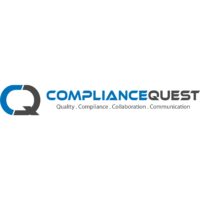In our previous article, we delved into the foundational ASTM International standards that are shaping the cannabis and hemp industries. We explored the first true universal symbol for cannabis, water activity controls, and Hazard Analysis and Critical Control Points (HACCP) standards. As we continue this journey, we turn our attention to four additional ASTM International standards that are pivotal for ensuring public health and safety and streamlining operations for cannabis and hemp operators. These include standards on conducting a product recall, Corrective and Preventive Action (CAPA), how to establish a Quality Management System (QMS), and management responsibilities in an effective cannabis business. In this article, we speak with experts who contributed a significant amount of time and knowledge in shaping these standards, including Trevor Morones of Control Point Consulting, Cary Black of CK Black Group, and Steven Cooper of Quality Initiatives LLC.
Recall/Removal Procedures: Ensuring Swift and Safe Actions
When seven people died from taking unknowingly contaminated TYLENOLⓇ in 1982, it was the swift actions of Johnson & Johnson in initiating a costly but prudent recall that salvaged their reputation. Since then, numerous companies in the food, beverage, and pharmaceutical industries have been subjected to recalls. The reality is, that even the most robust processes are susceptible to human error or unforeseen circumstances. And in that worst case scenario, having a tested recall plan in place is critical to be able to respond efficiently, minimize harm to consumers, and maintain brand trust. The ASTM standard for recall/removal procedures provides just that; a structured approach to swiftly and effectively remove potentially harmful products from the market. Imagine a cannabis producer discovers that a batch of edibles has pieces of metal shavings in it. With this standard implemented, this company would have the ability to immediately initiate a recall, contact the distributors and retailers that received the product to remove the product from shelves and notify consumers. Within hours, the potentially dangerous product is no longer available, and public safety is safeguarded. This swift action not only protects consumers but also helps maintain the company’s reputation for quality and safety.
Cary Black, ASTM Fellow, ASQ CQE, PCQI, and Principal Consultant for CK Black Group, Inc., and Technical Contact for the ASTM standard ‘D8220-20 Standard Guide for Conducting Recall/Removal Procedures for Products in the Cannabis Industry’ said, “Effective recall procedures provide the final fail-safe for consumer safety. As in the food industries, the supplement industries, the pharmaceutical industries, cannabis industry must hold the same capability to effectively, quickly, and efficiently recall products that have been determined to be a risk for consumers. For an efficient recall program, there is a vetted series of protocols that have been employed to quickly recall adulterated products. From forming the recall team and maintaining clear and accurate traceability records from your raw materials, your inventory, and shipping to your customers; all these elements come together to create a seamless series of steps to initiate an effective recall when needed.
For an effective recall program, not only should the proper elements be in place for a recall, additionally there should also be provisions for conducting mock recalls to allow the recall team to practice the efficacy of their record keeping and procedural implementation.
Any supplier of cannabis products for human or animal consumption is required by all authorities having jurisdiction to a program in place and the ability to quickly recall adulterated products.”
CAPA (Corrective and Preventive Action): Proactive Problem Solving
As we stated above, even the most robust processes are susceptible to human error or unforeseen circumstances. Wouldn’t it be nice if there was a way to prevent those mistakes from ever happening again? Enter Corrective and Preventive Action (CAPA). A foundational tried and true component of every quality management system is that it is designed to identify the true root cause of a mistake, implement a corrective action, and verify the effectiveness of the corrective action to prevent the recurrence of such a mistake. Even better, CAPA is a tool to prevent the occurrence of problems before they occur in the first place. The ASTM CAPA standard guides operators in systematically addressing problems to avoid recurrence, leading to streamlined operations and enhancements to overall product quality and consistency. In the example above where the cannabis edibles producer has identified contaminated products and recalled the products from shelves, the next natural step would be to become proactive about ensuring that it does not occur again. That’s one of many examples where the CAPA standard steps in and provides a valuable solution.
Trevor Morones, Control Point founder and Chair of ASTM’s Cannabis Subcommittee on Personnel Training, Assessment, Credentialing (D37.06), who was involved in developing the ASTM CAPA standard D8299, said, “Implementing effective corrective action processes within an organization yields substantial benefits. Proactively preventing recurring incidents is key, but the commitment to continuous improvement is equally crucial. Open and effective communication with all involved parties is not just essential; it’s a way of showing that everyone’s input is valued and included in identifying and implementing the best solutions. Moreover, embracing ASTM standards can greatly enhance an organization’s competitive edge in the marketplace.”
Kara Lavaux, CP-FS, CQA, Compliance Consultant for Allay Consulting, said, “To build on what Trevor said, a CAPA plan is a hard-working component of a quality management system. CAPA works for times when you need to react to an issue, and for times when you have the foresight to prevent a future issue. The key to an effective CAPA program is learning to shift the focus away from the symptom of the issue and instead focus attention and action on the root of the issue. It’s the root of the issue that needs a corrective action, which will result in both the correction of the symptoms and the prevention of the issue in the future. In the example above of distributed edibles with mold contamination, the issue (risk to the public) was “fixed” by completing a quick recall of the products. But this correction does not prevent the issue from occurring again in the future. If we do not put control measures in place to prevent the mold on the edibles, we could continue distributing moldy edibles and will continue conducting reactionary recalls to protect consumers. Opening a CAPA and doing a deep dive into what caused the mold will reveal the root issue that needs to have a corrective action. Is it a water activity issue with the recipe, or perhaps a handling issue during packaging, or perhaps a storage issue at the dispensary? The CAPA investigation will reveal the root cause. Fixing the root cause leads to continual improvement of the process and prevents the issue from recurring.”
Establishing a QMS for Consumer Products: Foundation of Quality
In the 1980s, manufacturers discovered the value of implementing a Quality Management System (QMS) to provide a high level of confidence both internally and to their customers that their products would deliver on the quality and consistency that they were expected to meet. Forty years later, being certified to having an effective quality management system is one of the most basic requirements of companies engaging in global trade. The ASTM standard for establishing a QMS for consumer products lays the groundwork for comprehensive quality management in the cannabis and hemp industries. For example, when a company is launching a new line of products, a QMS provides the structure to develop and document the process for everything from ingredient sourcing to final product testing. This ensures that when this production line is scaled and commercialized, the process will be validated to provide the confidence needed that consumers will receive a safe and consistent product time and time again. Additionally, companies with a QMS will more easily be able to adapt to regulatory changes and stay in line with compliance requirements.
Cary Black, author of the ASTM standard, ‘D8222-21a Standard Guide for Establishing a Quality Management System (QMS) for Consumer Use of Cannabis/Hemp Products’ said, “Having a functional QMS is typically the first set of requirements for governing the manufacture and distribution of products. For products consumed by humans or animals a functional QMS sets the base for practices aligned with GMP. For most authorities having jurisdiction, relative to products that are consumed by humans or animals, a QMS supporting GMP compliance is required.
A functional QMS additionally provides the platform for a system that not only drives regulatory compliance, but also adjusts to and supports continuous improvement efforts, provides systems for manufacturing and distribution, and can foster increased productivity, improve efficiencies, incorporate risk management approaches, and ultimately ensure the safety of the products to its consumers.
The more participants within the Cannabis industry embrace the value of implementing a functional QMS, the more sustainable their manufacturing and product lines will become and the closer they will be to a risk management approach that aligns with most GMP requirements for cannabis products consumed by humans or animals.”
Management Responsibilities in Managing a QMS: Leadership and Accountability
You don’t have to be a retired Navy SEAL to understand the significant influence that leadership has when it comes to building a successful organization. Effective quality management requires strong leadership and clear responsibilities. The ASTM standard for management responsibilities in managing a QMS (D8398) outlines the roles and duties of management in developing, implementing, and maintaining an effective quality system. The symbiotic relationship between leadership and employees is crucial to fostering a culture of excellence. Ensuring that management is allocating the appropriate resources, providing adequate training, and regularly reviewing the system is paramount for employees to feel supported and confident in their understanding of how their roles are part of the bigger picture of maintaining high standards. And when employees have clear roles and responsibilities with the requisite support, businesses succeed. Research from Gallup has shown that companies with engaged employees benefit from 40% less quality defects and are more than 20% profitable compared to peer organizations with low employee engagement.
Steven Cooper, President of Quality Initiatives LLC, and author of this standard, emphasized the importance of leadership demonstrating support of quality and safety and how it can impact the entire company in the long term. “When I was involved in writing this standard, my main focus was to target the CEO or other top management of a company, or someone who is looking to start a company. My standard is intended for these types of people to help them simply understand some of the basic requirements to do things right and to ensure they get off on the right foot toward product quality. Most of the other standards written for GMP are rather long documents intended for a quality professional, and my document is specifically targeting someone who needs to capture the basic top-line requirements without spending a lot of time trying to understand an extensive detailed GMP requirements document. Ultimately, it’s easy for management to give lip service in saying “quality is important” but how do they get serious? How does an employee do their job to feed the need to satisfy quality requirements? What role does the employee have in the quality management system? And that’s where management needs to ensure a good understanding of the employees, which is achieved by training and follow through, but also by setting an example. And by that, I mean that the first time there is a quality problem, what does management do? Do they ignore it? Do they say it costs too much to fix? Are they serious? And that message really has to be very carefully delivered ot the employees so they are not only aware of the need for quality, but they have an appreciation of the importance. That can only be delivered by management walking the walk, not just talking the talk.
As an example, a company can say they care about quality. They can hang posters and have meetings, but in one incident I observed, it wasn’t until there was a safety incident where someone could have been seriously injured or worse, and a mistake was made, at that moment, the reaction by management was critical. Did they just have a meeting to talk about it? Nope. The VP of Operations shut down the facility for three days, which is difficult to do when the company is demanding product, and customer orders are waiting to be filled, money on the line, etc, but when that decision was made, it sent a very serious message to all of the employees in the factory about the importance of quality. After that, the respect and appreciation for safety rose to a much higher level, and probably remained there for many years, all because of that one incident and the way management reacted. They walked the walk, not just talked the talk. They didn’t just take shortcuts to get the product out the door.
Shaping The Industry
As the cannabis and hemp industries continue to evolve, the marketplace is going to get more competitive and only those with a high bar of quality, and the data to prove it, wil succeed.These four ASTM standards—recall/removal procedures, CAPA, establishing a QMS, and management responsibilities in QMS—are invaluable resources for operators to implement to not only maintain regulatory compliance, but ensure a future of success. By adhering to these standards, operators not only safeguard public health but also streamline their processes and build a stronger, more trustworthy industry.
In our next article, we will explore additional ASTM standards that are paving the way for innovation and excellence in the cannabis and hemp sectors. Stay tuned as we continue to highlight the standards that are shaping the future of this dynamic industry.
Call to Action: If you are a professional in the cannabis and hemp industries, consider joining ASTM and contributing to the development of these crucial standards. Together, we can build a safer and more efficient industry.
For more information on ASTM standards and how they can benefit your operations, visit https://www.astm.org/get-involved/membership.html.

